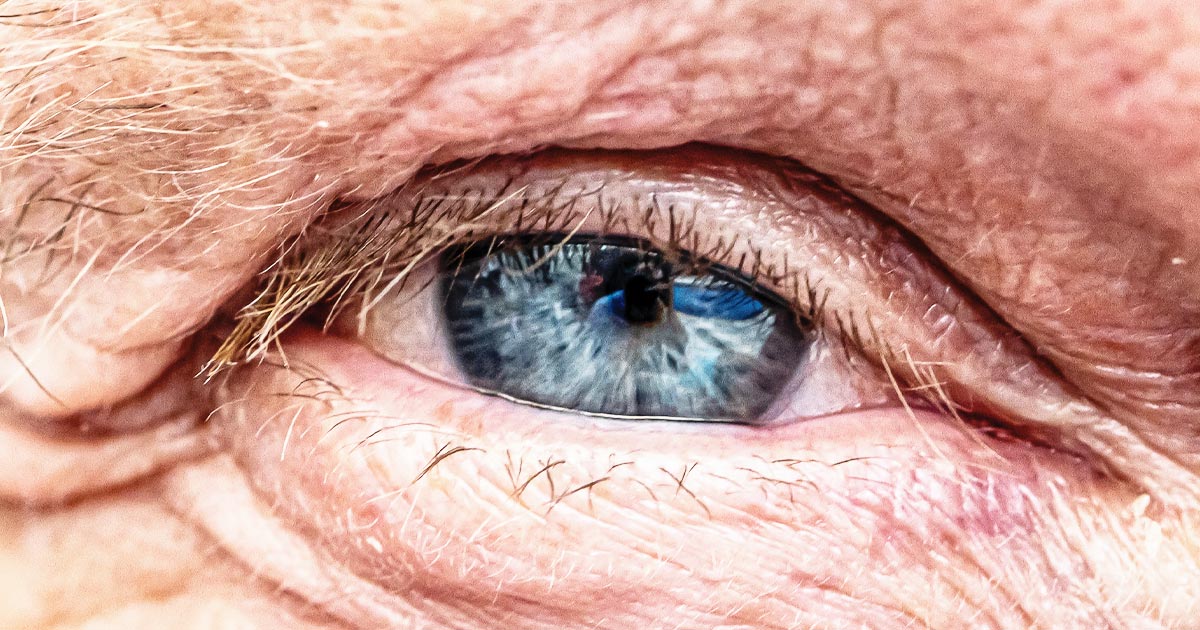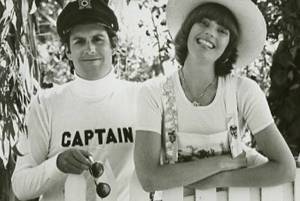By DEBBIE BURKE
Miranda Denison of Kalispell, Montana, is one of only six people in Montana with her unusual job. Her time-critical missions require driving all over the state. The outbound leg of her trip is to a place touched by tragedy and loss, but the return journey leads to hope and joy.
Denison’s job? She recovers corneas from individuals who have just passed away. The clear, dime-sized tissue is the window into the eye.
“It’s like a miracle,” says one woman who lives outside Bozeman. (She wishes to remain unnamed.) At 35, she received the first of several corneal transplants. Now 83, she says, “I’m lucky I’ve got good eyes to see my children and grandchildren.”
April is National Donate Life month, raising awareness of the importance of organ, eye, and tissue donation.
Miranda works for SightLife, a nonprofit eye bank headquartered in Seattle, Washington. After she recovers and carefully packages the tissue in preservative medium, it is flown to a lab. There, it is medically evaluated and prepared before being sent to eye surgeons in the northwest and beyond, with a transplantation success rate of 90 percent.
Time is of the essence. To be viable for transplantation, corneas must be recovered within 12 to 24 hours of death (once they’re in a preservative solution, they remain usable for up to 14 days). Heart and lung donations only have four to six hours; livers are eight to 12 hours; pancreas is 12 to 18 hours; kidneys are 24 to 36 hours.
SightLife hosts regular meetings to share experiences with donor families, cornea recipients, and others who make donation possible, including health care providers, funeral home directors, coroners, and medical examiners.
During a Zoom meeting in November, 2021, Pennsylvania TV personality Chris Bohinski spoke eloquently about donating his mother’s corneas. He doesn’t know who received hers, but he describes feeling “weirdly, remarkably familiar” when meeting another transplant recipient. “We were friends,” he says, “with the common thread of eyes that connects us.”
Bohinski’s mother was a nurse who died from cancer. He admits he and his siblings were “scared” when they first received a phone call from SightLife asking if they were willing to donate their mother’s corneas. Because of her long tradition of helping, they decided she would want someone else to benefit from her passing. In retrospect, their initial short-term concerns of how she would look in the casket (donation does not affect appearance) were far outweighed by the realization of the long-term benefits to someone who can now see.
Sam Gonzalez, 19, a self-described cowboy from Texas, recalls going to the DMV with his mother for his first driver’s license. The form asked if he wanted to be an organ donor. Not surprisingly, the young man’s main concern was obtaining his license, but his mom recommended he check the box. He didn’t know then that he would soon need a corneal transplant himself.
An accident changed Gonzales’s life “literally in a blink,” leaving him blind in one eye, deeply depressed, and wondering how to cope with the rest of his life. Then he received the news that a donor cornea was available. He later learned it came from a 59-year-old man in Seattle. After surgery, Gonzales said, “He’s seeing life through a 19-year-old kid from south Texas. He’s living again and giving me the chance to live again.”
To the donor’s family, he says, “Thank you for coming to peace with the pain.”
That bittersweet theme echoes the experience of most donor families. Sorrow from losing a loved one is tempered by the knowledge that another’s life will be transformed. The worst day for one family can be the best day for another.
Organ donation has an ick factor that puts off some people. Bohinski suggests one way to get used to the idea is to donate blood. When people see how that saves others’ lives, they feel more comfortable with the concept.
Age is a common concern. People often think, “I’m too old to donate.”
Not necessarily.
According to Organdonor.gov, there is no age limit, although individual programs may have restrictions. The oldest organ donor on record was Carleton, 92, whose liver saved the life of a 69-year-old woman. Cornea donation can occur at nearly any age.
Seniors are often the beneficiaries of organ donations. In 2019, 63 percent of recipients were 50-plus; 21 percent were 65-plus.
In 2019, one out of three donors was over 50.
Demand for most organs outpaces supply. Even though organ donation is up 38 percent in the past five years, the average wait time for a kidney remains three to five years. In the United States, more than 108,000 people are currently on waiting lists for organ donations.
Organs, corneas, stem cells, bone, bone marrow, and tissue can all be donated. Tissue donations help burn victims, replace heart valves, and repair damaged ligaments and tendons. Organdonor.gov estimates one donor can save up to eight lives and enhance the lives of 75 recipients.
The United Network for Organ Sharing (UNOS) is a nonprofit system under contract with the federal government that coordinates organ donation. According to UNOS, when an organ becomes available, screening is necessary.
First, they must eliminate applicants who don’t match the donor’s blood type, height, weight, or other medical factors. When donor and recipient are of the same ethnicity or race, the success rate is higher.
Distance is also a consideration. The closer the better, since the time between recovery and transplantation is crucial.
The size of the organ matters. Children do better with child-sized organs.
In 2021, UNOS projected donations to reach 40,000.
Denison says, “When I recover a cornea, another person will now be able to see. That makes me appreciate my job because I assist in improving people’s lives. It’s a good feeling.” ISI










